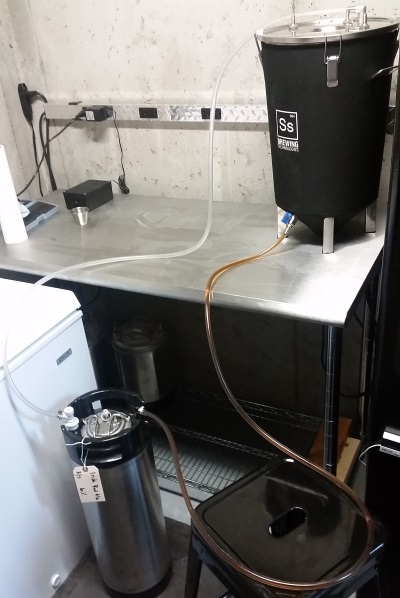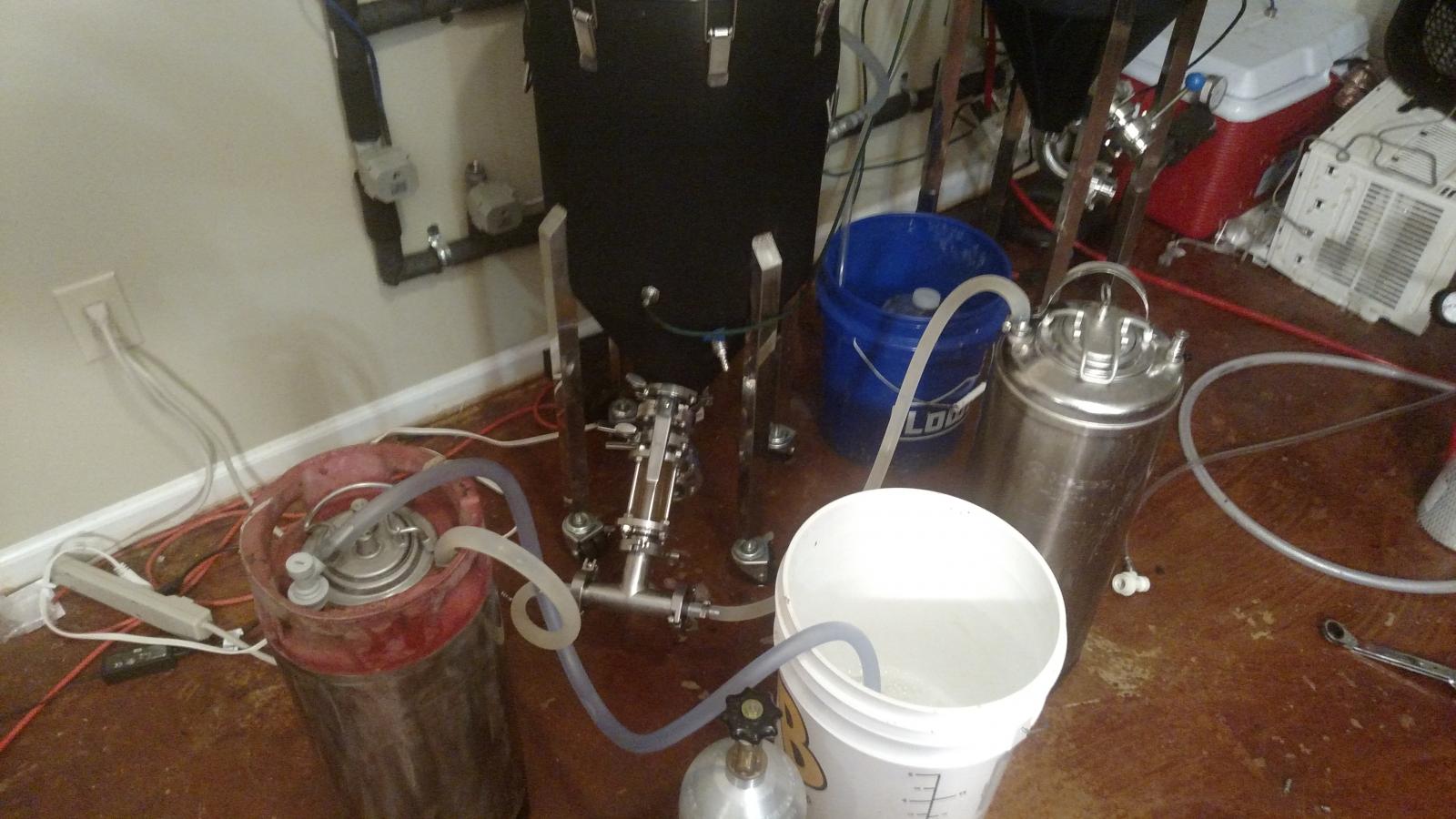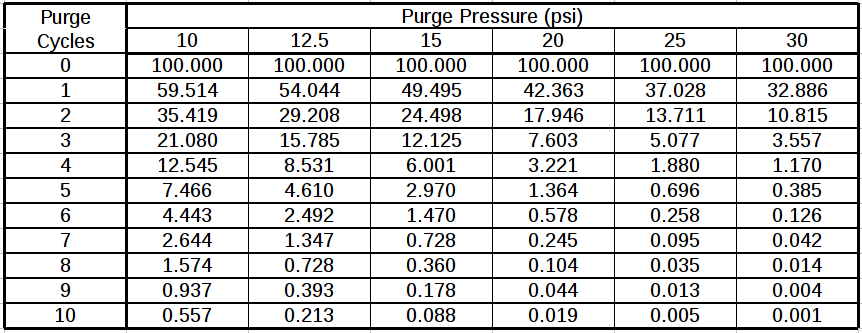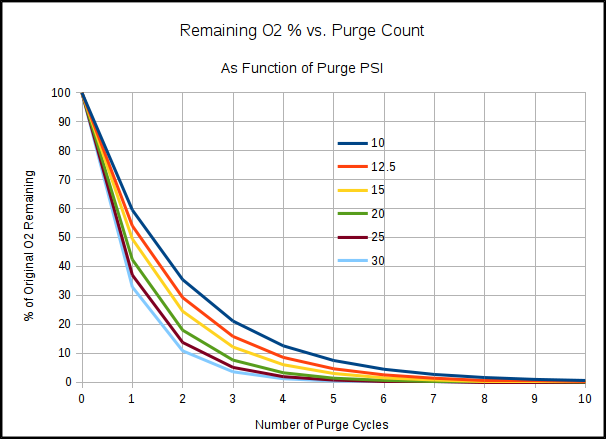dsniegocki
Well-Known Member
Been trying a new "closed system" for racking to a keg, and just wanted to share as I'm thrilled with the results. The closed system minimizes any chance for oxygen contact, and keeps things super simple.
I benefit from having a sampling/racking valve at the bottom of my SS fermenter, but I've also done this from carboys that I've dry-hopped in.
I keep handy two pieces of siphoning tube; one with a gas ball lock, the other with a liquid ball lock. When racking, I first flood the keg with CO2, then seal the keg lid. I attach the two ball locks, then connect the liquid line (the "out" on the keg) to the valve on the SS fermenter (or to the siphon for a carboy). I then attach the gas line (the "in" on the keg) to the blowoff connector on my fermenter (or slide it in alongside the siphon into the carboy).
When the transfer begins, the CO2 in the keg is replaced with beer, and flows from the keg into the fermenter. This maintains CO2 at all times in the fermenter (instead of flowing ambient air on top of the beer). The dip tube in the keg takes the place of a racking cane, so that's one less piece of gear to clean/sanitize prior to racking. When transfer is complete, simply disconnect the two ball locks and you're all set.
Minimal gear, no drips, and no chance of air contacting the beer. Just one piece of hose to clean. See picture attached of kegging an Irish Red using this technique.
Would love to hear from anyone else that does something similar, and possible improvements I could make to my process.
Cheers!

I benefit from having a sampling/racking valve at the bottom of my SS fermenter, but I've also done this from carboys that I've dry-hopped in.
I keep handy two pieces of siphoning tube; one with a gas ball lock, the other with a liquid ball lock. When racking, I first flood the keg with CO2, then seal the keg lid. I attach the two ball locks, then connect the liquid line (the "out" on the keg) to the valve on the SS fermenter (or to the siphon for a carboy). I then attach the gas line (the "in" on the keg) to the blowoff connector on my fermenter (or slide it in alongside the siphon into the carboy).
When the transfer begins, the CO2 in the keg is replaced with beer, and flows from the keg into the fermenter. This maintains CO2 at all times in the fermenter (instead of flowing ambient air on top of the beer). The dip tube in the keg takes the place of a racking cane, so that's one less piece of gear to clean/sanitize prior to racking. When transfer is complete, simply disconnect the two ball locks and you're all set.
Minimal gear, no drips, and no chance of air contacting the beer. Just one piece of hose to clean. See picture attached of kegging an Irish Red using this technique.
Would love to hear from anyone else that does something similar, and possible improvements I could make to my process.
Cheers!











